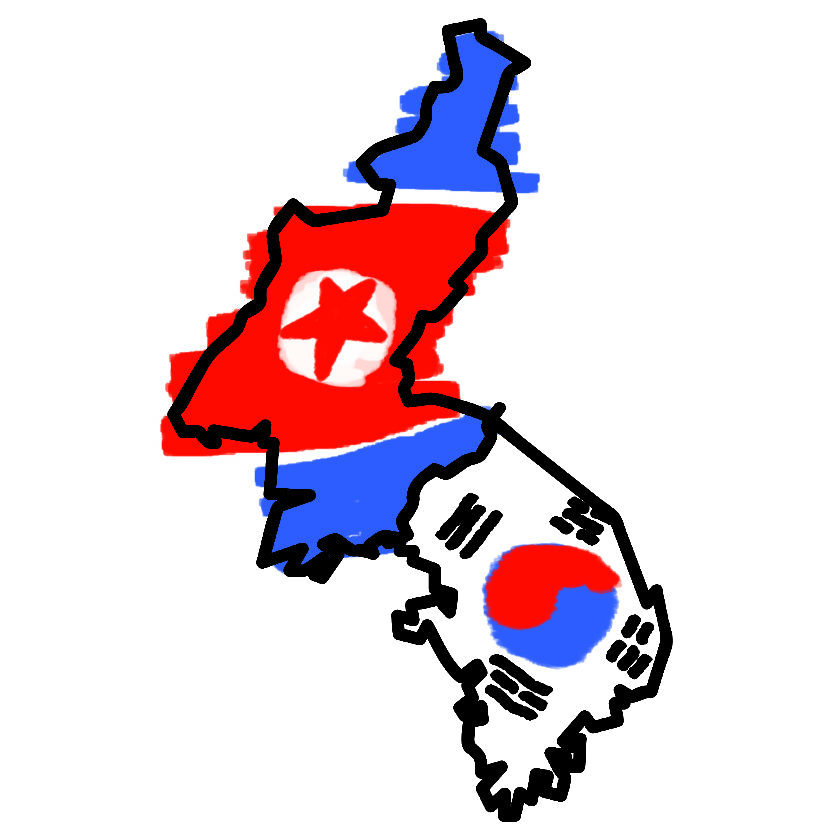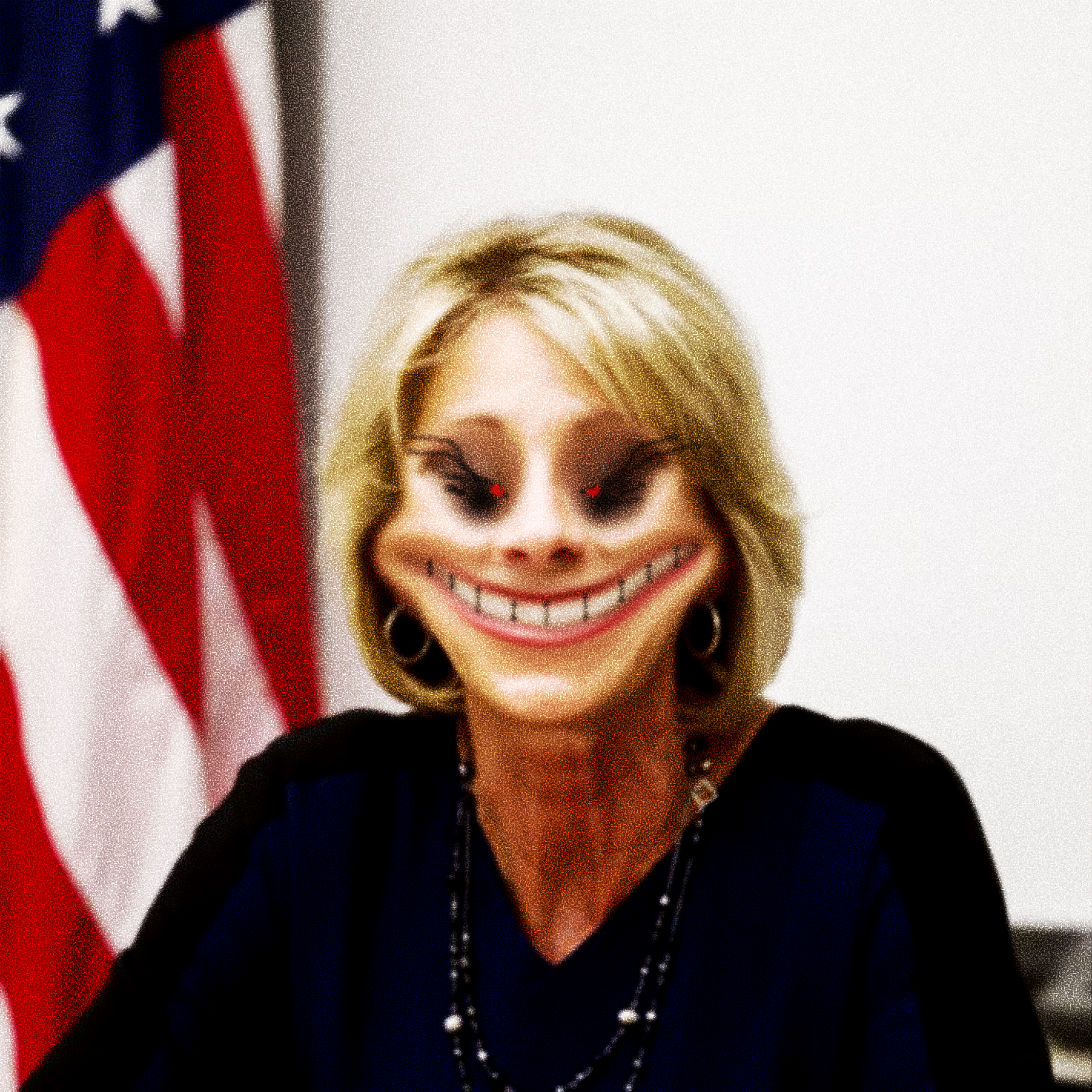The historic April 27 inter-Korean Summit marked a new chapter in the relationship between the North and South, as indicated by the summit’s motto “Peace, a new start.” The two heads of states met in Panmunjom, a small area located in the Demilitarized Zone. Moon Jae-In of South Korea, who replaced Park Geun Hye as president in 2017, expressed his wish to restore a stable relationship with the North.
Though Moon was born in South Korea, his parents come from the North. Like many in the Korean Peninsula, Moon has family he is still separated from by the North-South divide.
History of the reunification process
Many families in the Korean Peninsula were displaced before the Korean War started in 1950. When the war broke out, people residing in the southern part of the country scrambled to find safer locations. Most people traveled further south—mainly toward Korea’s southernmost city of Busan—where the allies were supplying food and other resources. Masses of people sought refuge, and families were separated along the way.
Families also had to relocate to the south after being blacklisted by the authoritative power in the North. Young men were sometimes kidnapped or tricked into joining the army by Kim Il Sung’s forces in the North before the war broke out. Some families decided to have their sons relocated, fearing they’d be sent to war. Students living in different cities than their families pre-war had no way of returning home once the war broke out. Amid the chaos, people unable to travel due to age and health had to remain while their family members left.
People initially believed the war would only last briefly and assumed they would be reunited with their family members once it was over.
The 38th Parallel, which divides the two Koreas along north and south lines, was drawn after the two sides signed a truce. Korea in the 1950s had very limited communication methods due to the aftermath of the war. Even by the 1970s, phones weren’t a widespread method of communication, and, according to the BBC, the governments in both North and South Korea did not allow letters to be sent and received. Due to these circumstances, families who had been separated were unable to find or even contact each other.
The first reunion effort happened in 1985 through a program that helped 35 South Korean family members visit Pyongyang and 30 North Korean family members visit Seoul for four days. Fifteen years later in June 2000, a summit between the leaders of North and South Korea—former supreme leader Kim Jong-Il and former president Kim Dae Jung—led to the June 15 North-South Joint Declaration, which stated reunions would take place in August of that year. The reunion was one of the biggest events of the year for Korean diplomacy, and a huge achievement of Kim’s Sunshine Policy. Kim won a Nobel Peace Prize the same year.
The reunions host several hundred family members from each country and last no more than five days. Until 2007, reunions were held several times a year. No reunions took place in 2008, and since 2010, there have been only three reunions, the last of which was in 2015.
Moving forward
The future of reunions is directly tied to relations between the two governments, causing many families to be lost in uncertainty. Beginning in 2008 with Lee Myung Bak’s leadership in South Korea, relations with North Korea worsened and the number of reunions dropped drastically.
Moon claims he is looking to provide more communication between families residing on different sides, borrowing from Germany’s pre-reunification model. Moon was among those able to meet their separated families back in 2004 during a reunification opportunity.
According to Al Jazeera, the number of people separated from their families was first estimated to be over 130,000 back in 1988 when the registry was open. As of 2017, that number is down to around 60,000, about 85 percent of which are over the age of 70. Many have said they are worried about their aging family members and urge the internationalization of this issue in order to provide more stable opportunities that help these families reunite, regardless of North and South relations.
The historic April 2018 summit established many peace-building prospects, including a joint liaison office, alleviation of military tension and the beginning of denuclearization. It also expedited the possibility of reunions following a three-year hiatus. Moon expressed the importance of the reunion process, even suggesting families visit their hometowns and exchange letters in the near future.
However, with President Donald Trump’s decision to cancel the June 12 summit with North Korea, the peace process between the North and South is now potentially in peril. North Korea won’t agree to United States demands of complete denuclearization, but the U.S. maybe canceling out on a historic milestone all too fast, given that North Korea had expressed its willingness for compromise and further discussions. Moon said he is perplexed by Trump’s decision, and the Korean Peninsula is yet again facing uncertainties that many have long wished to resolve. Until the conflict is resolved, reunions between separated families may be delayed.







Small factual correction of the statement “The 38th Parallel, which divides the two Koreas along north and south lines, was drawn after the two sides signed a truce.”
The 38th parallel was drawn in 1945 before the truce and before the Korean War started. It might be best to fix that line. Overall a great article though.